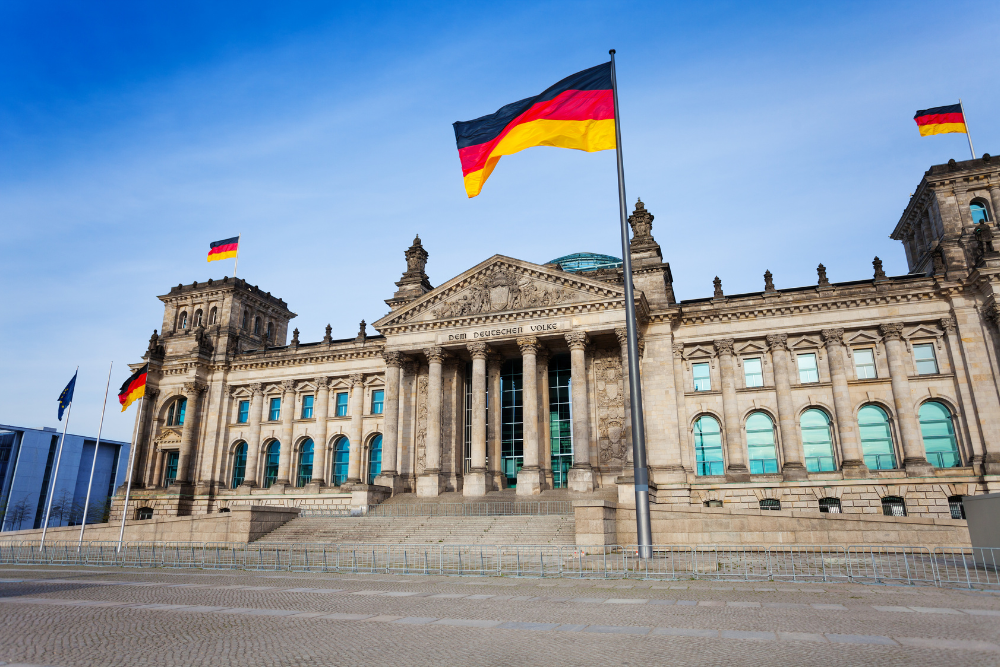Germany is a country rich in history, with a remarkable heritage reflected in its architecture, monuments, and cultural landmarks. From ancient castles to modern sites of significance, Germany offers a wealth of historical landmarks that showcase its storied past. Here are 10 must-see historical landmarks in Germany, each offering a unique glimpse into the country’s history and culture.
1. Brandenburg Gate (Berlin)
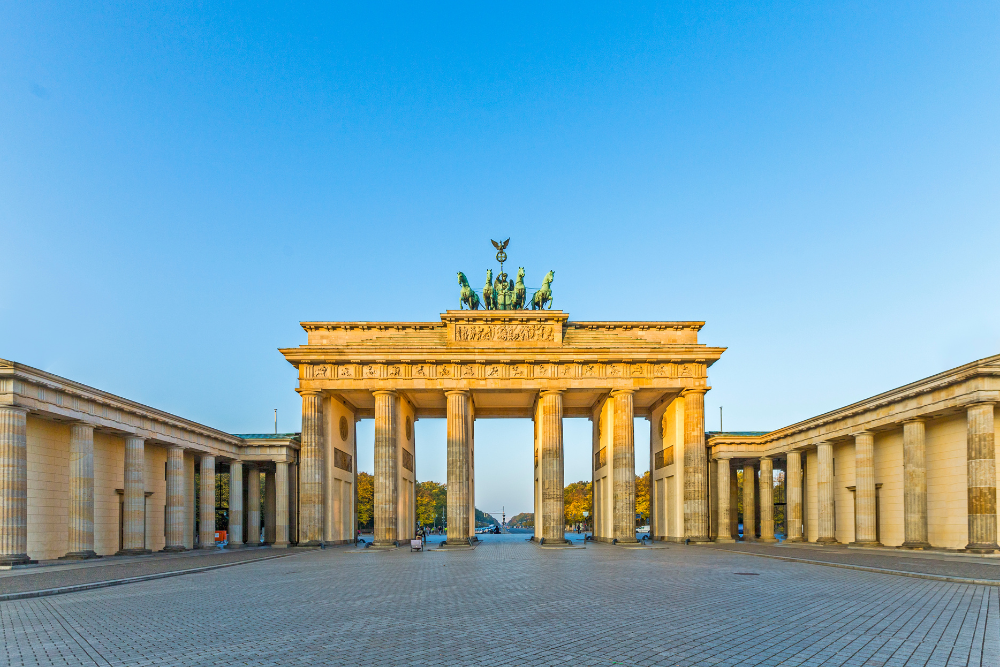
Perhaps Germany’s most iconic landmark, the Brandenburg Gate in Berlin is a symbol of unity and peace. Built in the late 18th century, it originally marked the entrance to the city and stood as a symbol of Prussian power. During the Cold War, the gate became a symbol of the division between East and West Berlin. After the fall of the Berlin Wall in 1989, the Brandenburg Gate became a powerful symbol of reunification and the end of the division of Germany. Today, it remains one of Berlin’s most visited landmarks, standing as a testament to Germany’s tumultuous 20th-century history.
2. Neuschwanstein Castle (Bavaria)
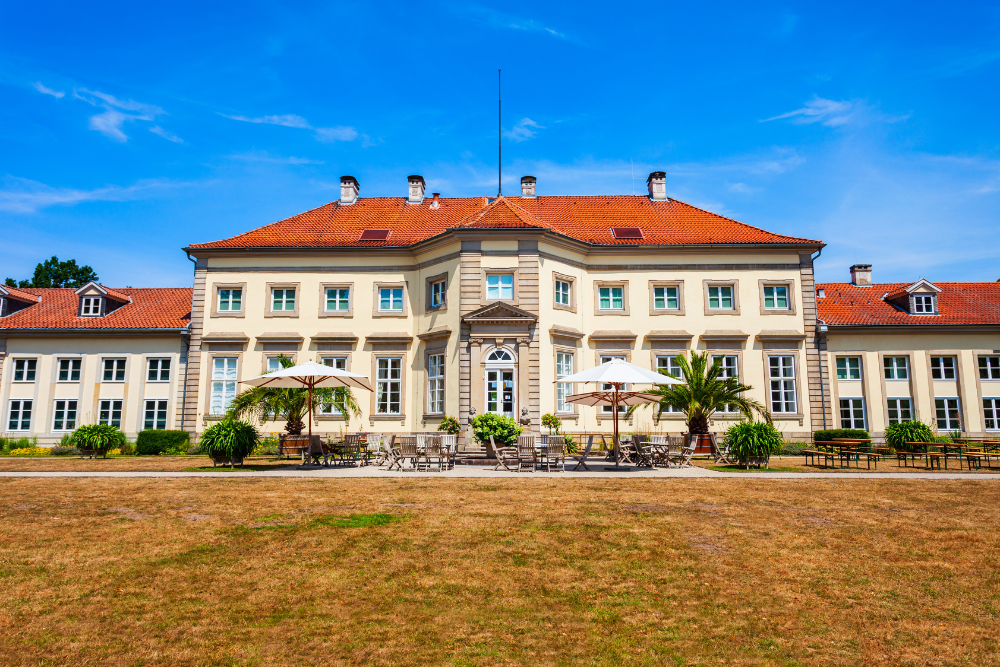
Nestled in the Bavarian Alps, Neuschwanstein Castle is one of the most beautiful and recognizable castles in the world. Built in the 19th century by King Ludwig II of Bavaria, this fairy-tale castle inspired Disney’s Sleeping Beauty Castle. With its picturesque towers, lakeside setting, and stunning mountain views, Neuschwanstein is a must-visit for history and architecture enthusiasts. The castle also provides insights into Bavarian royal life and the dreams of its eccentric king, who died under mysterious circumstances before its completion.
3. The Colosseum (Heidelberg)
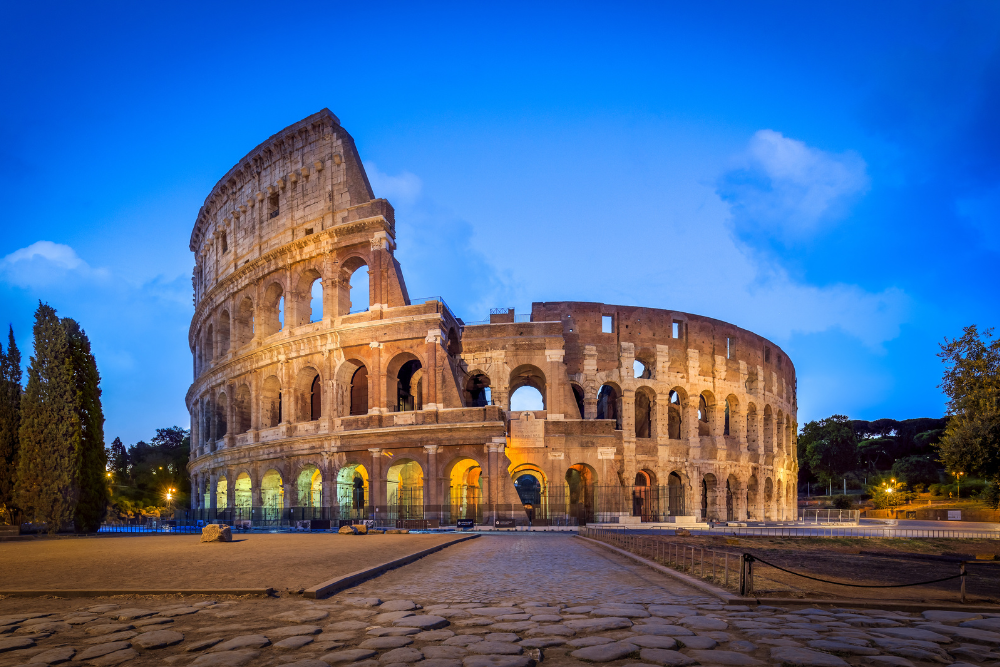
Heidelberg is home to one of Germany’s most charming and historically rich locations: Heidelberg Castle. Perched above the old town, this historic site offers incredible views of the surrounding region and the Neckar River. Dating back to the 13th century, the castle has been expanded and altered over the centuries. Visitors can explore its medieval towers, the grand Hall of the Knights, and the large Heidelberg Tun, one of the world’s largest wine barrels. The castle has played a significant role in German history, from its days as a royal residence to its later use as a university stronghold.
4. The Berlin Wall Memorial (Berlin)
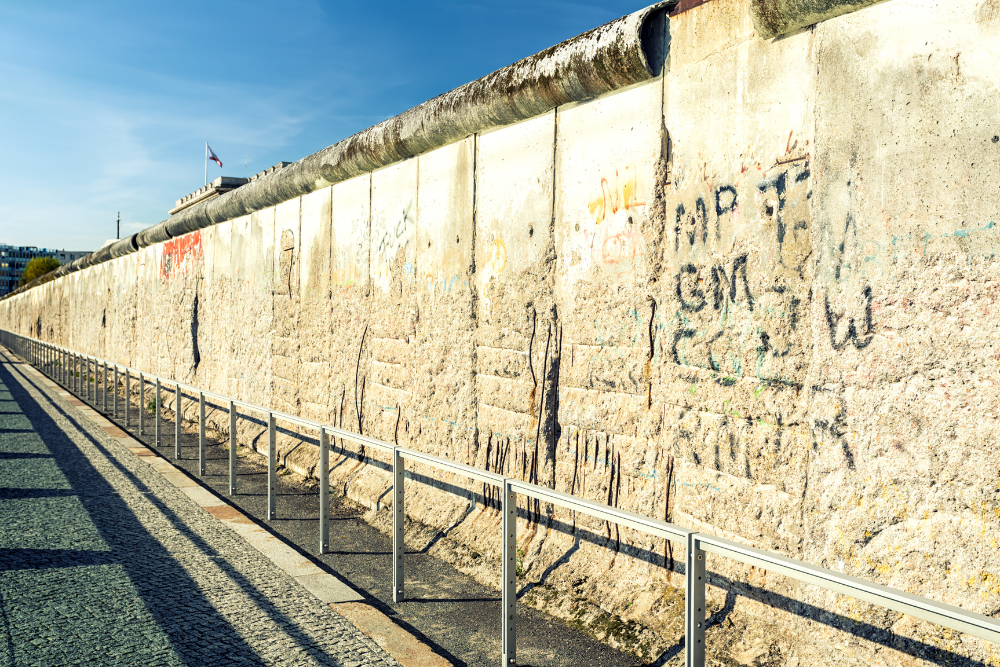
The Berlin Wall Memorial is a poignant reminder of the Cold War era and the division of Germany. The 1.3-kilometer stretch of the wall preserved as a historical monument is located near the original Wall’s location. Visitors can walk along the preserved sections of the wall, explore the museum exhibits, and learn about the stories of those who tried to escape East Germany. The memorial stands as a powerful symbol of the struggles for freedom and the triumph of unity.
5. Dachau Concentration Camp Memorial Site (Bavaria)
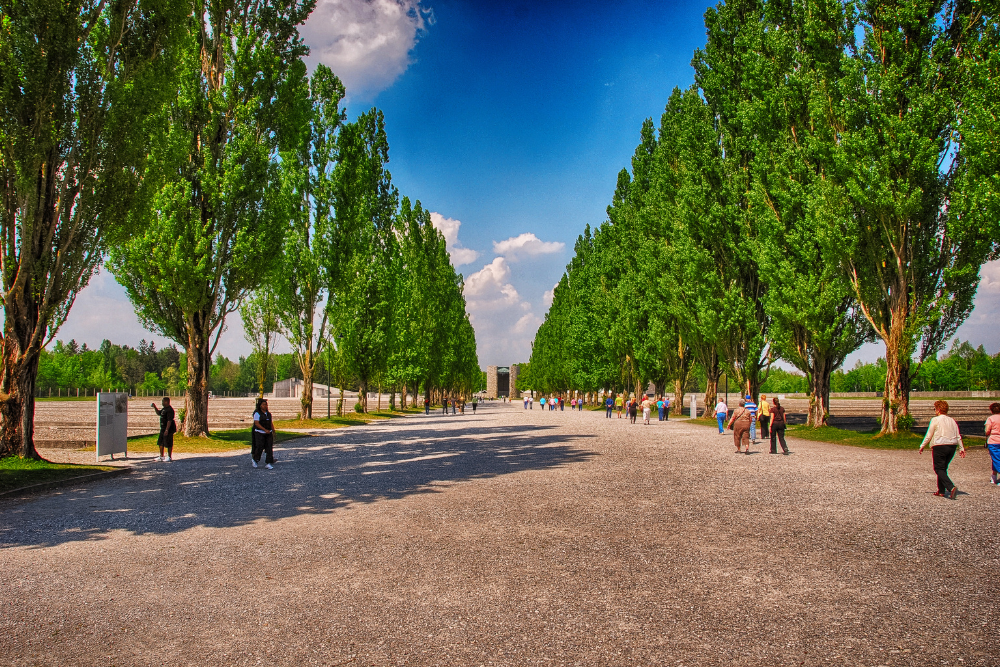
Located just outside Munich, the Dachau Concentration Camp Memorial Site is one of the most significant historical landmarks in Germany. Established in 1933, Dachau was the first Nazi concentration camp, serving as a model for others across the country. Today, the memorial site includes preserved barracks, a museum, and a moving monument to the victims of the Holocaust. It serves as a somber reminder of the atrocities of World War II and is essential for understanding the impact of Nazi rule in Germany.
6. The Black Forest (Schwarzwald)
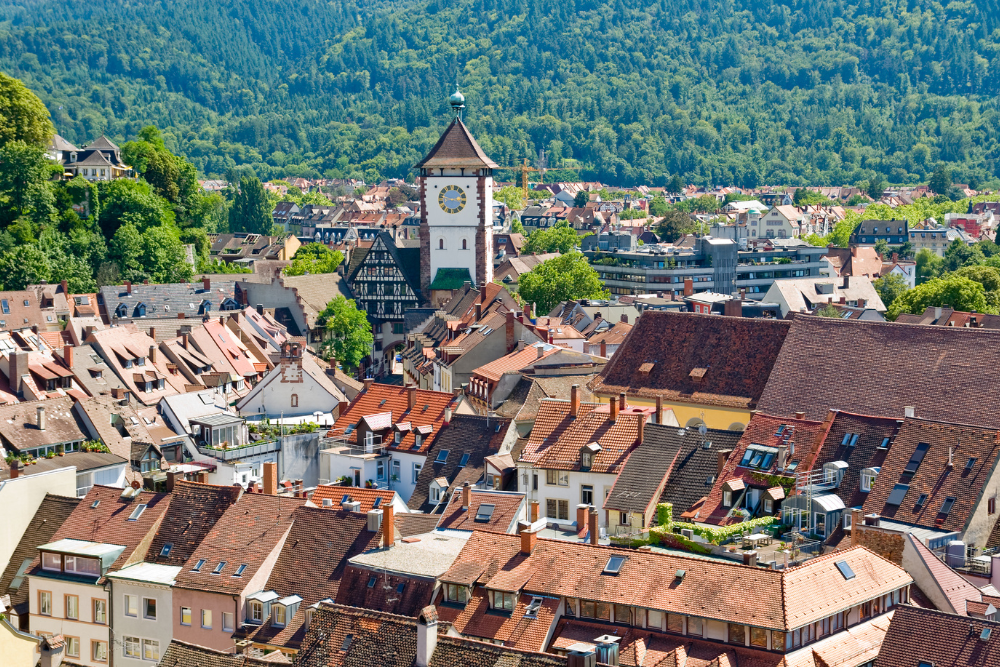
The Black Forest, or Schwarzwald, is a historical region in southwestern Germany known for its lush forests, rolling hills, and charming villages. While not a single landmark, the entire area is steeped in history, with ancient castles, quaint villages, and folklore-rich traditions. Explore the region by hiking or driving along scenic routes, including the famous Black Forest High Road. Key historical landmarks within the Black Forest include Hohenzollern Castle, the medieval town of Gengenbach, and the open-air museum of Vogtsbauernhof, which showcases traditional Black Forest farm life.
7. Cologne Cathedral (Köln)
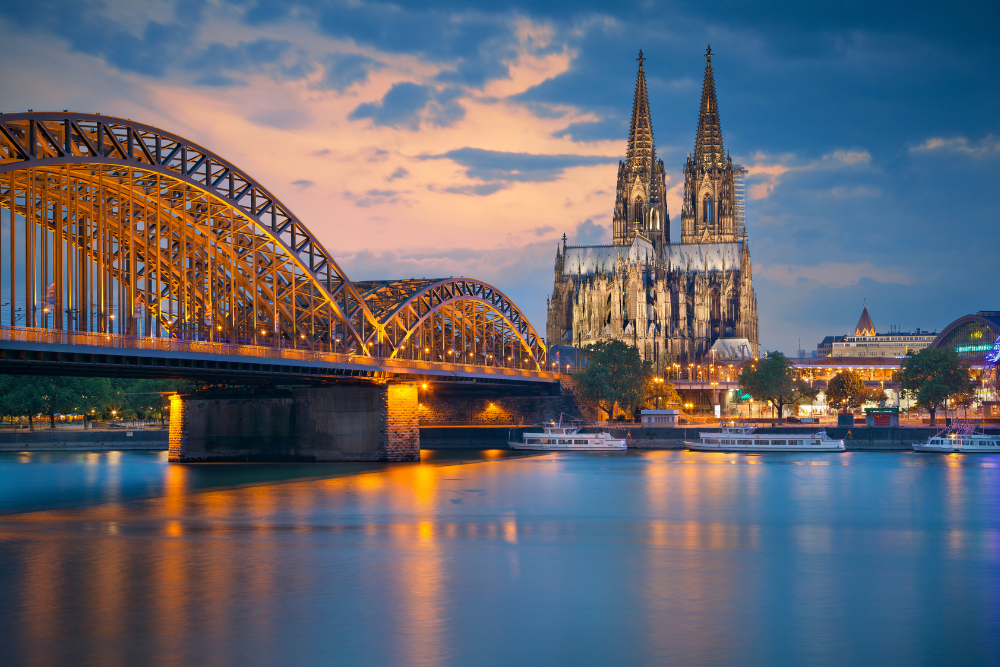
The Cologne Cathedral, or Kölner Dom, is one of Germany’s most awe-inspiring structures. Built over several centuries, it is a masterpiece of Gothic architecture and the largest cathedral in Germany. The cathedral is famous for its towering spires, stunning stained-glass windows, and impressive interior. It is also home to the Shrine of the Three Kings, which is believed to house the relics of the Three Wise Men. Cologne Cathedral is not only a religious landmark but also a symbol of German resilience, having survived bombing raids during World War II.
8. Wartburg Castle (Thuringia)
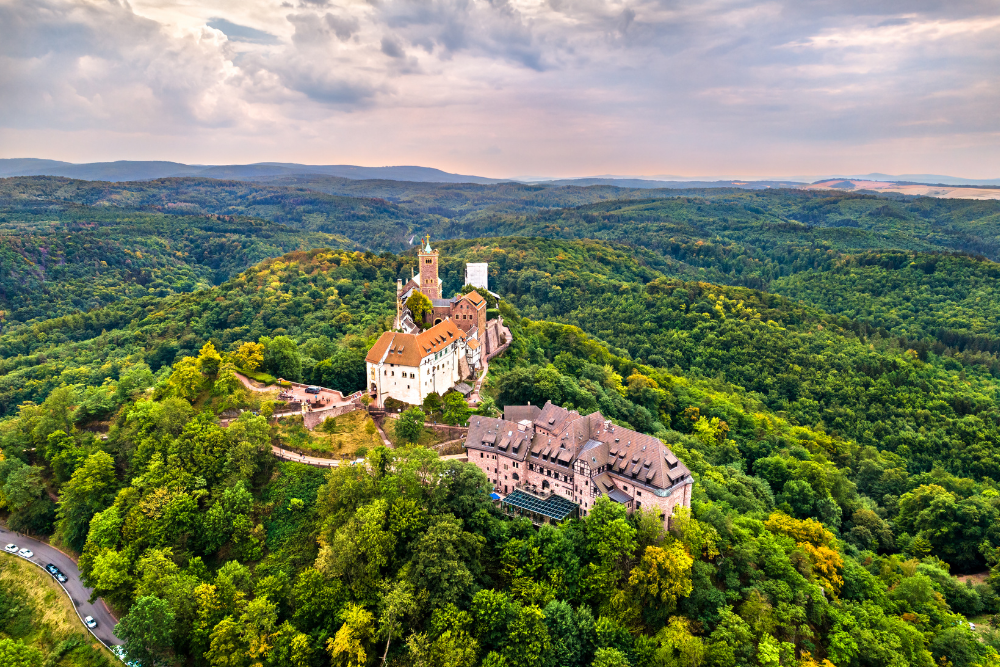
Wartburg Castle, perched high above the town of Eisenach in central Germany, is one of the most important castles in the country. Built in the 11th century, it became famous as the home of Martin Luther, who translated the Bible into German while in hiding here during the Reformation. The castle itself is a UNESCO World Heritage site and is known for its medieval architecture and beautiful surroundings. Wartburg Castle is also a symbol of the spiritual and intellectual movement that shaped the modern German-speaking world.
9. Sanssouci Palace (Potsdam)
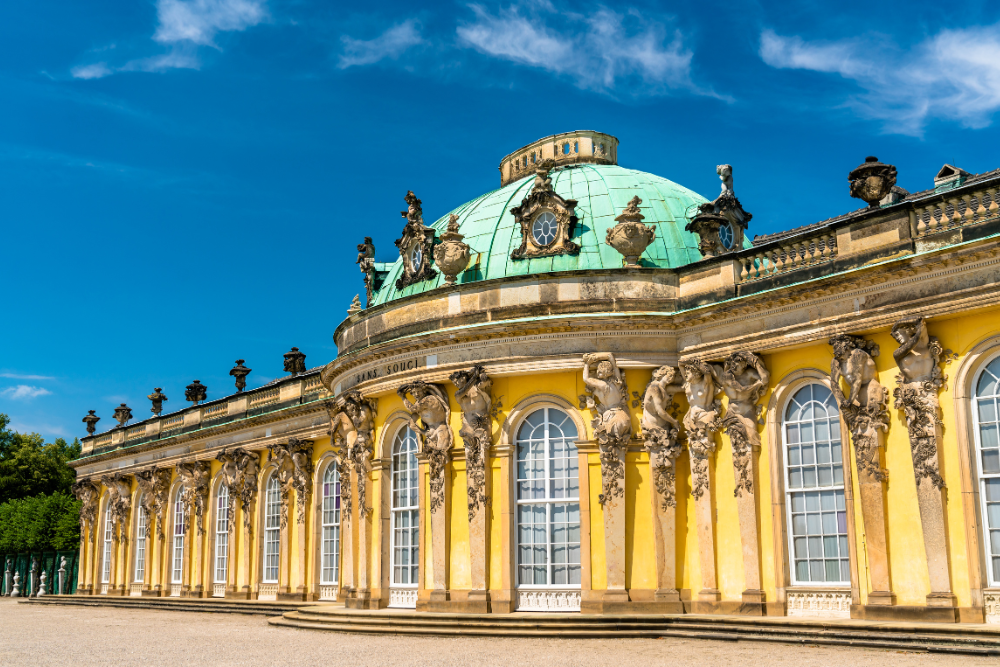
Located just outside Berlin, Sanssouci Palace was the summer residence of Frederick the Great, King of Prussia. Built in the 18th century in the Rococo style, the palace is surrounded by beautifully manicured gardens and features ornate rooms and exquisite artwork. Sanssouci is often compared to the grandeur of Versailles, and it stands as a testament to Frederick’s enlightened rule. The palace and its gardens are a must-see for those interested in Prussian history and European royal life.
10. The Memorial to the Murdered Jews of Europe (Berlin)

The Memorial to the Murdered Jews of Europe, also known as the Holocaust Memorial, is a somber and moving tribute to the victims of the Holocaust. Located near Brandenburg Gate, the memorial consists of 2,711 concrete slabs arranged in a grid pattern. The varying heights of the slabs create a sense of disorientation as visitors walk through the site, symbolizing the chaos and horror experienced by the victims. The memorial includes an underground information center that provides more details about the Holocaust and its impact on Jewish communities in Europe.
Conclusion
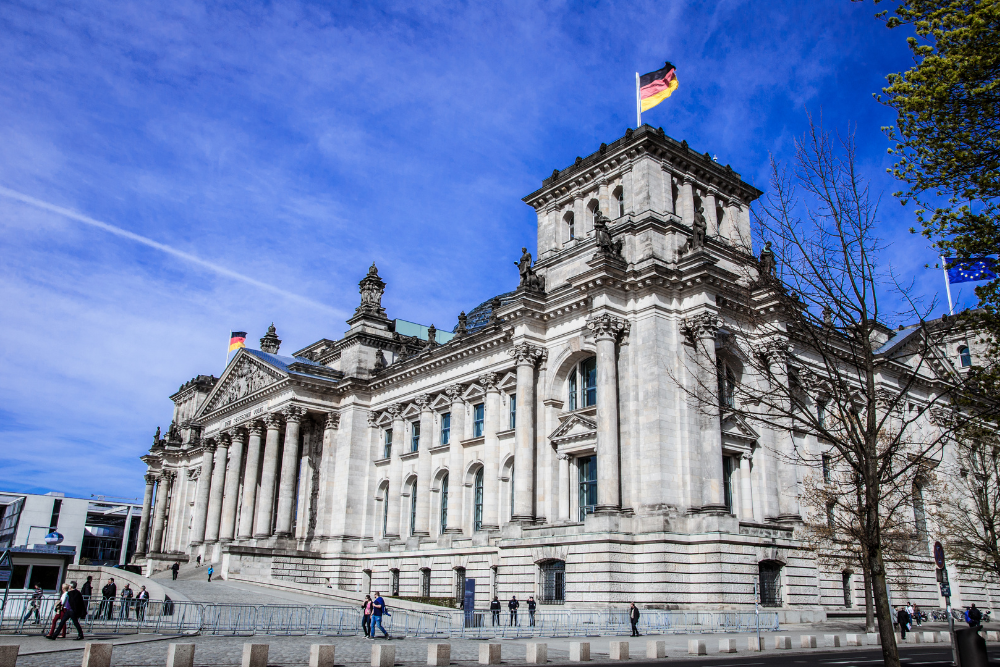
Germany’s rich history is encapsulated in these 10 landmarks, each of which tells a unique and significant story. From medieval castles and cathedrals to powerful memorials and modern sites of remembrance, these landmarks not only showcase the architectural beauty of Germany but also the country’s turbulent history. Whether you’re interested in art, architecture, politics, or personal stories of triumph and tragedy, these historical sites offer a profound connection to the past and provide a deeper understanding of Germany’s place in European and world history.



